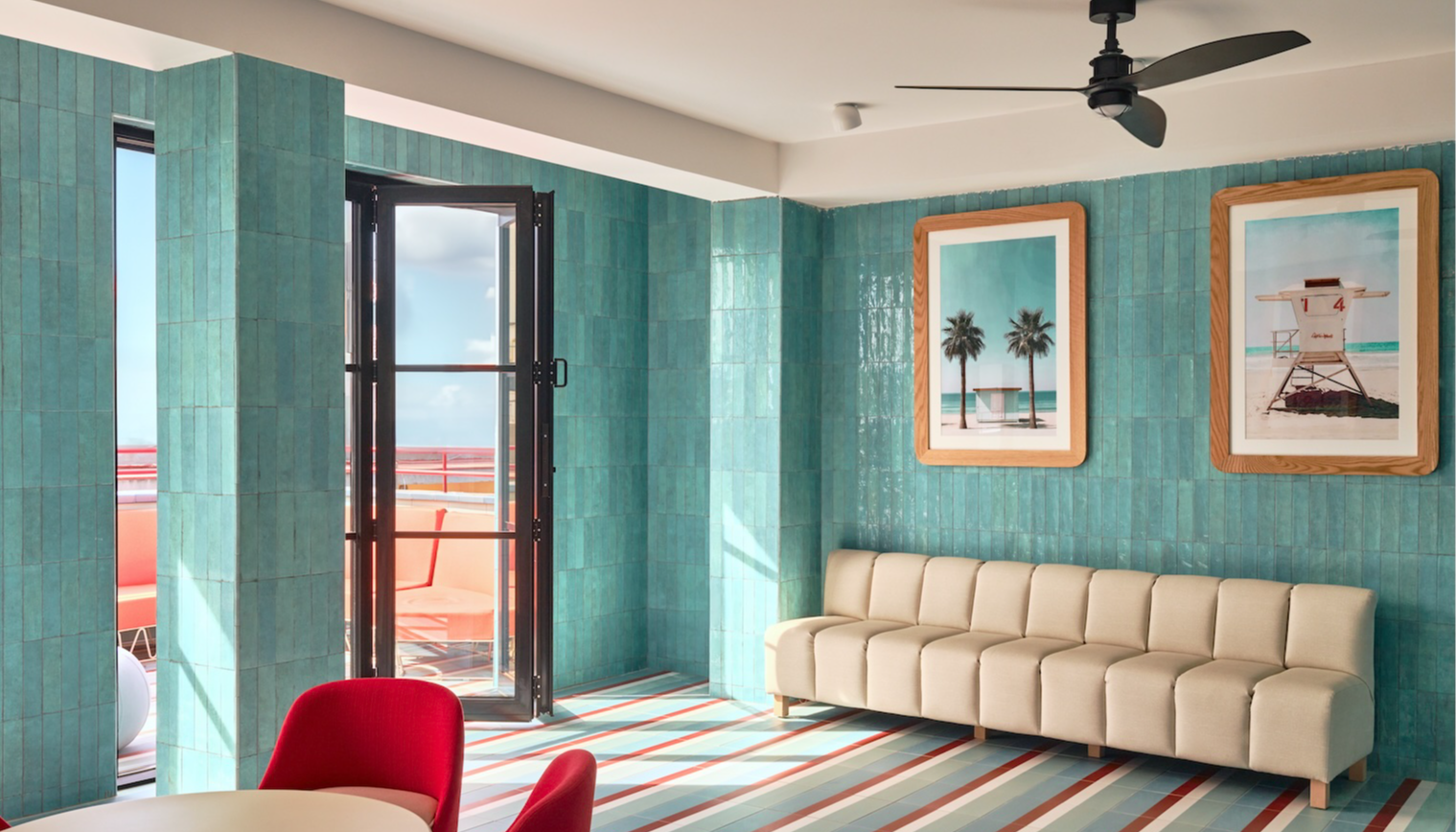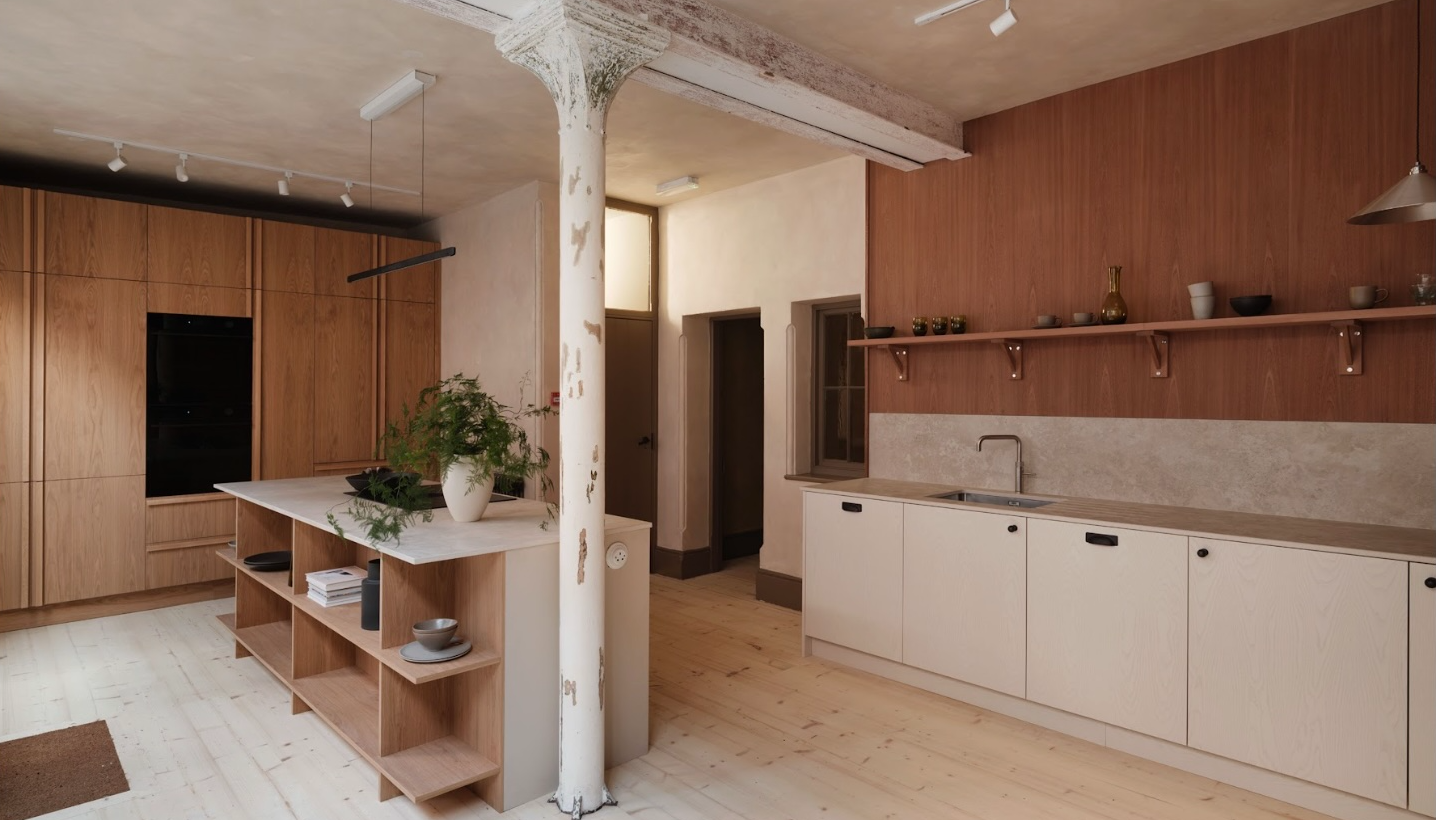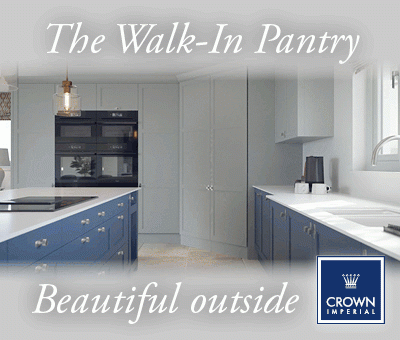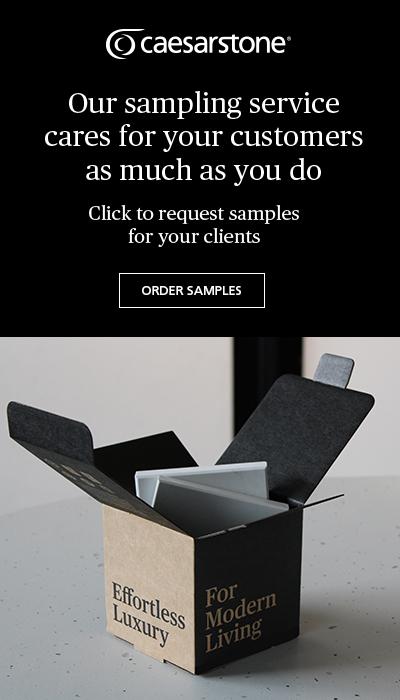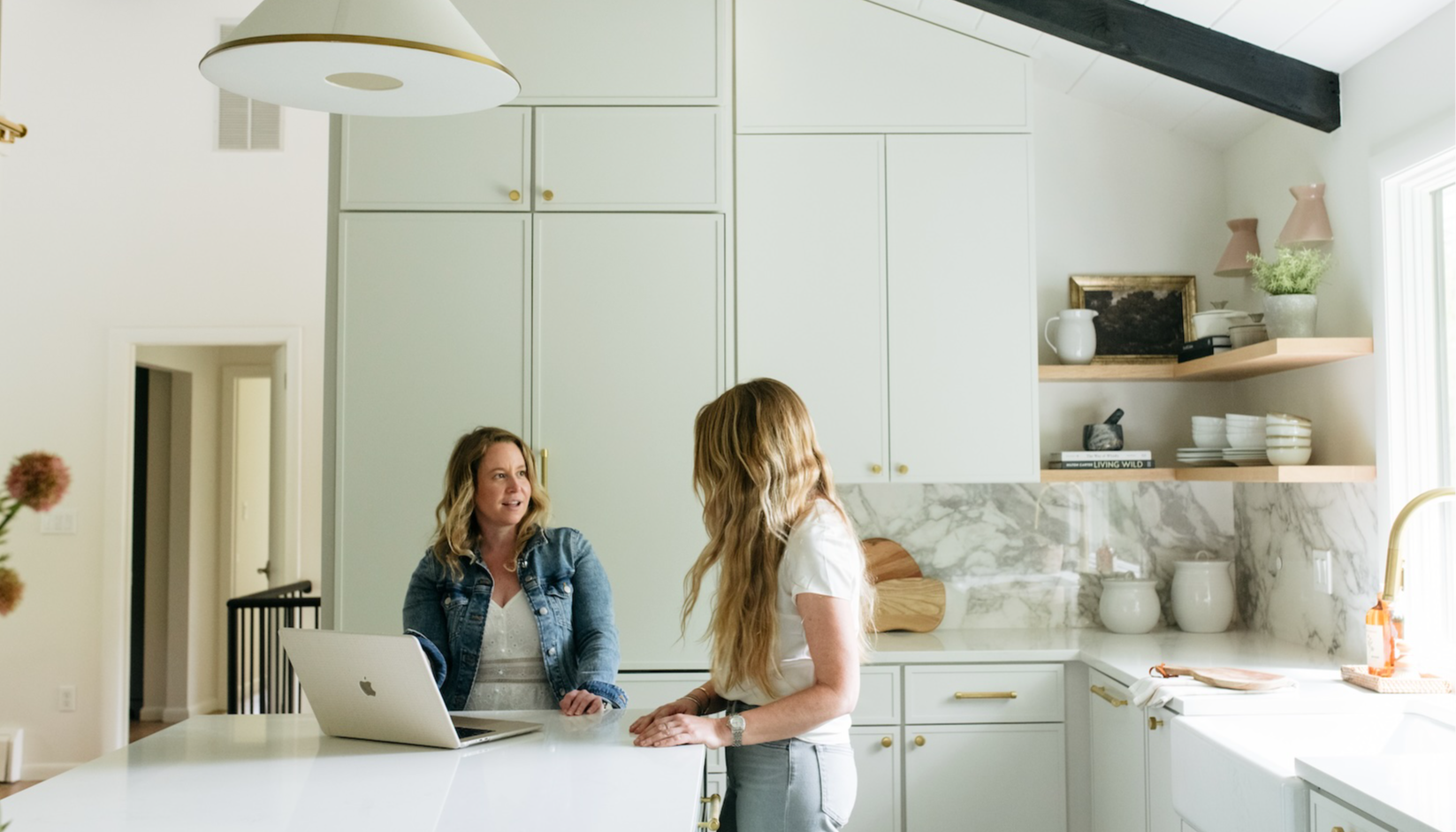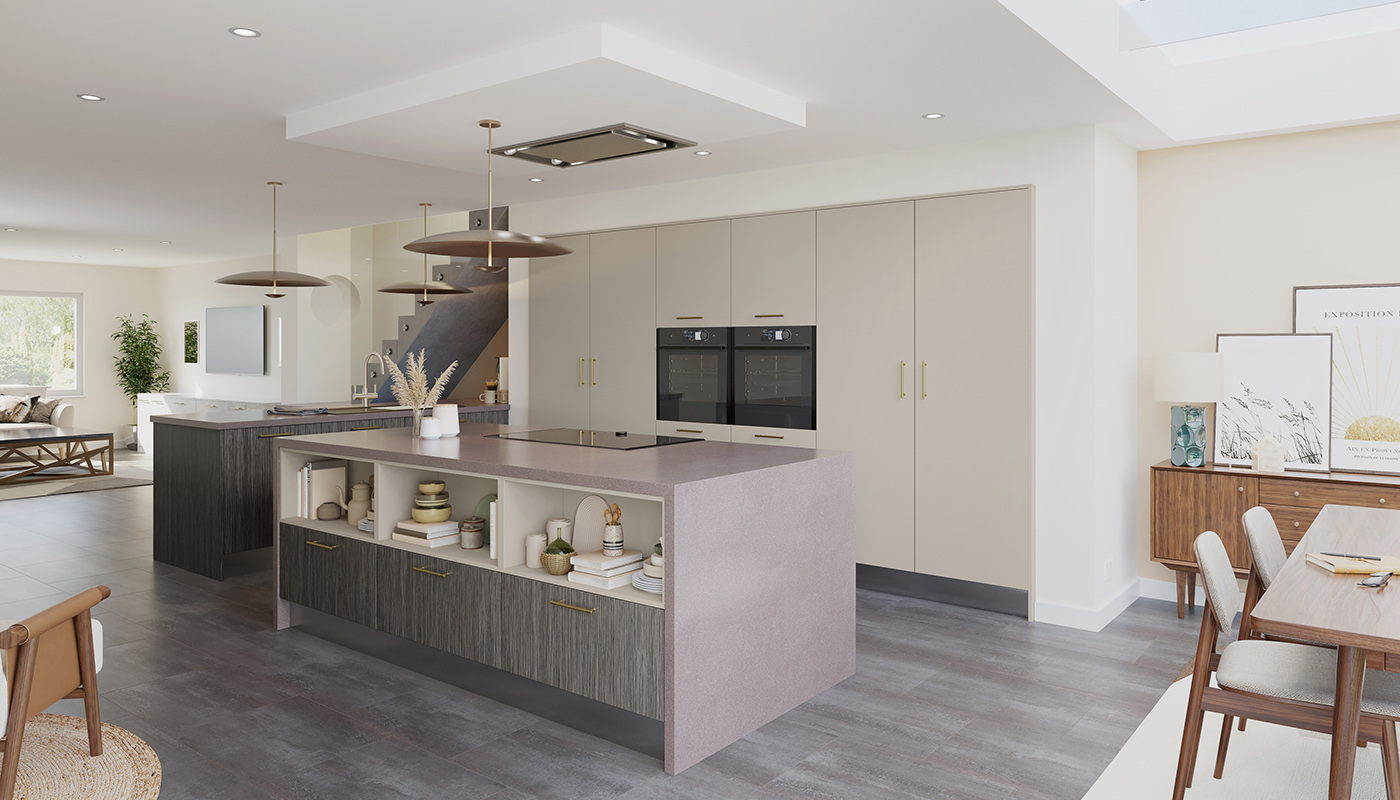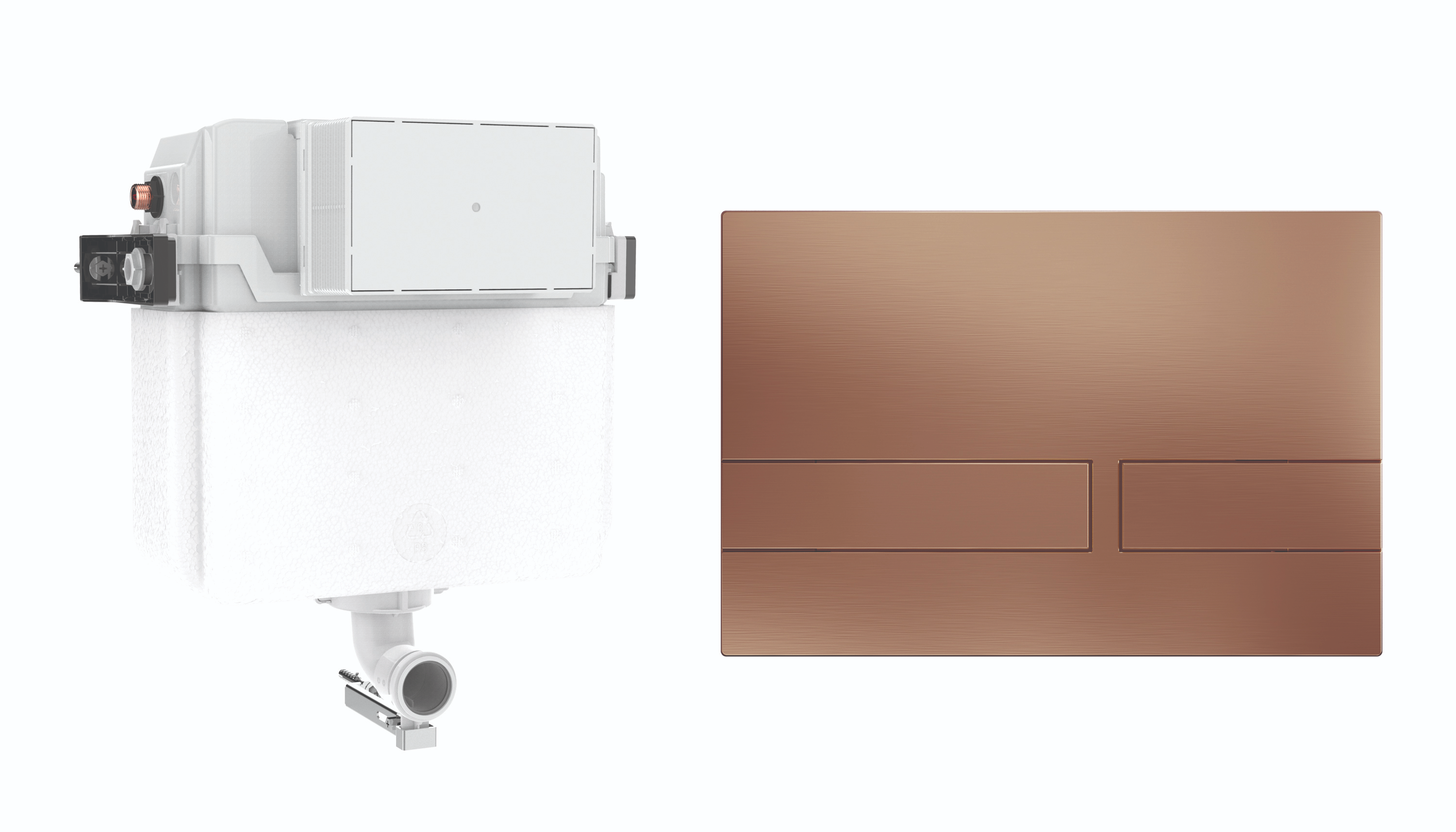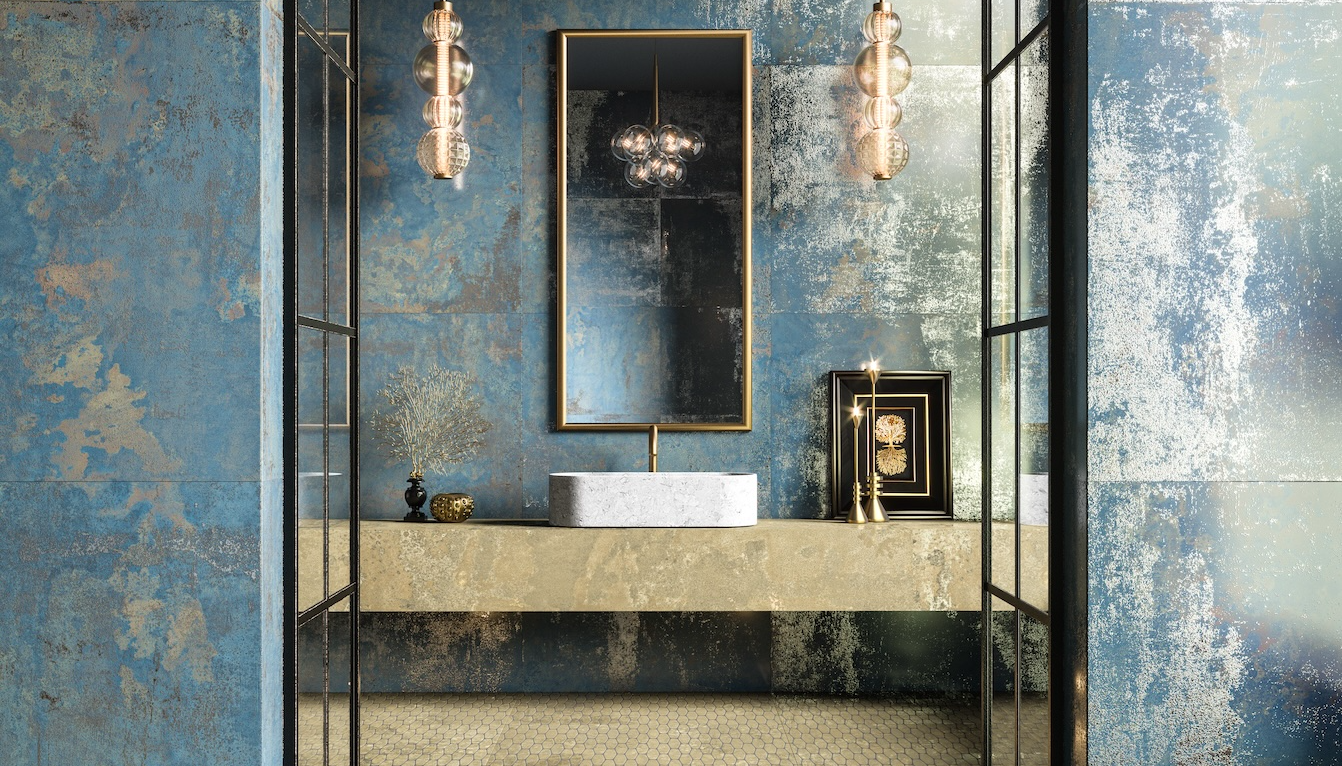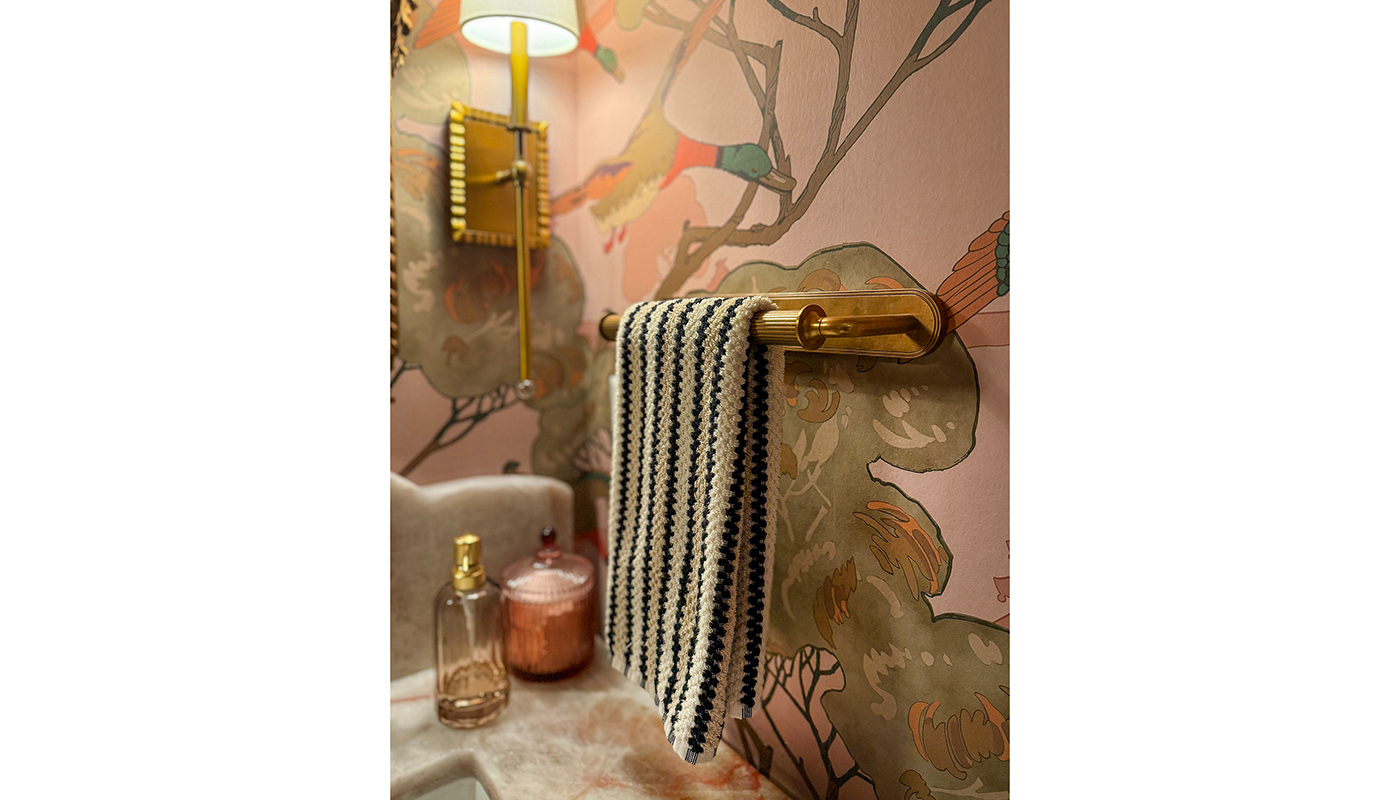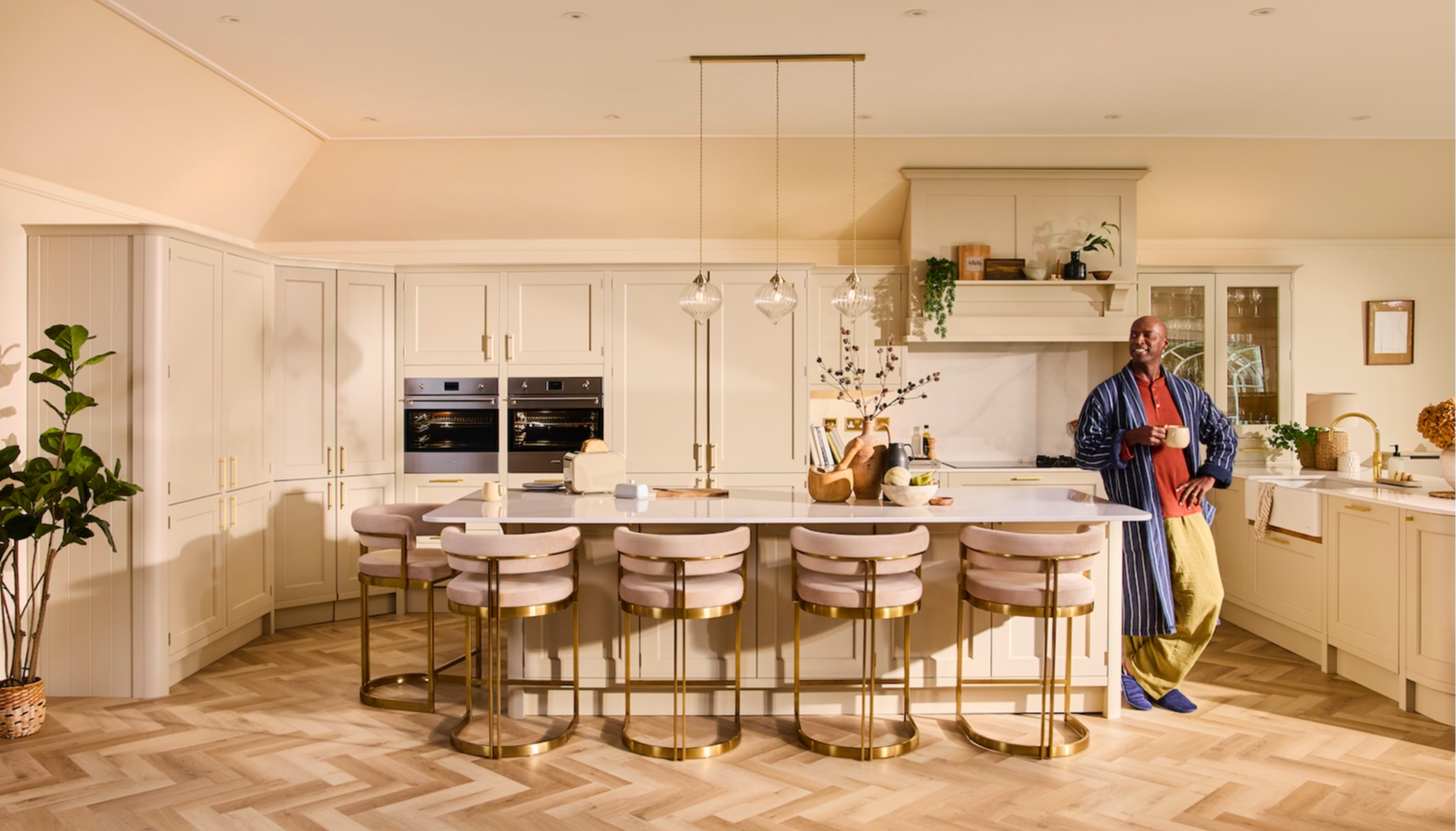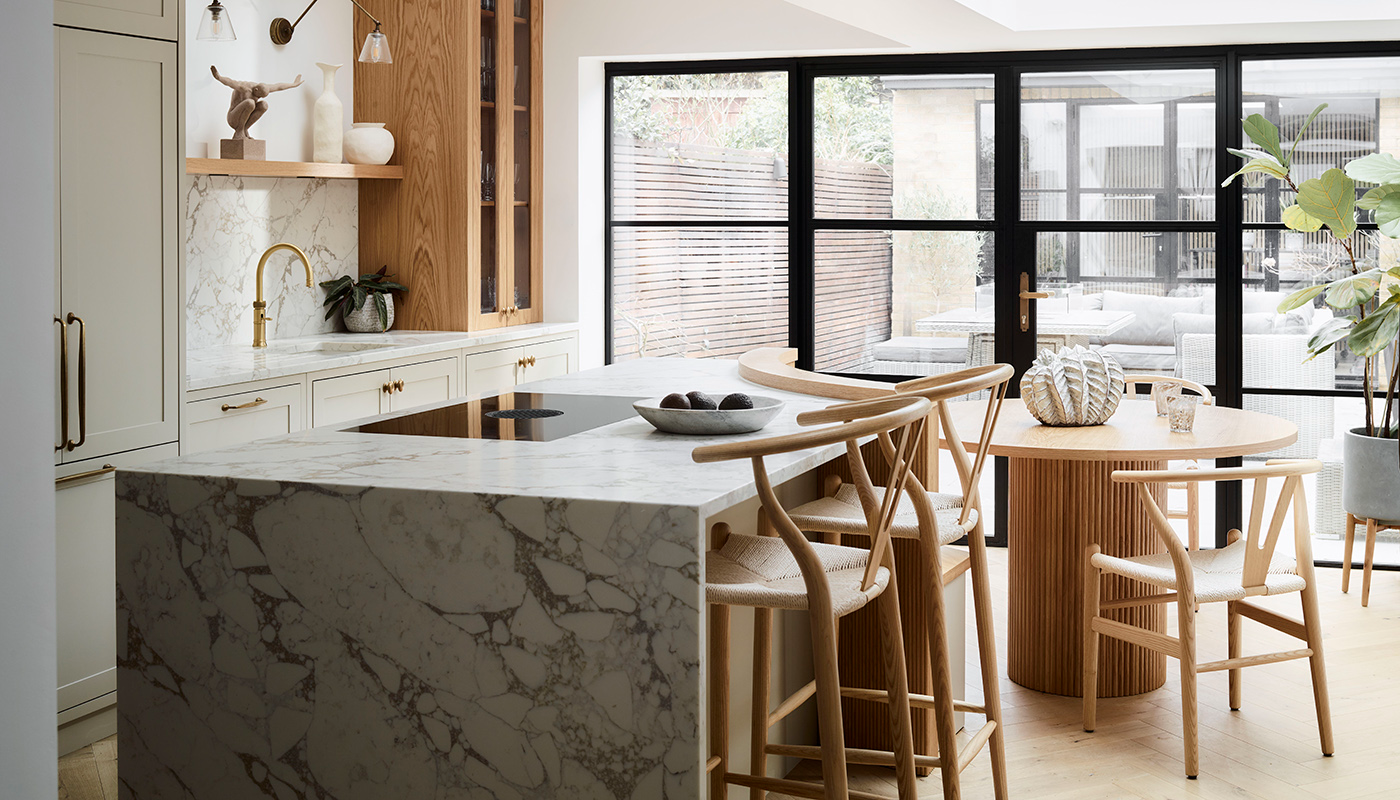Toby Griffin: How to expand your K&B offering to include bedrooms

Toby Griffin: How to expand your K&B offering to include bedrooms
With most businesses in the Kitchens, Bedrooms and Bathrooms industry specialising in just one or two of the three disciplines, there is always scope to broaden the business and thereby offer services and products for every room of the home, says business consultant and trainer Toby Griffin of KBBSupport.com. Here he looks at the opportunities and pitfalls of adding a bedroom offering to an existing kitchens or bathrooms business.
The least high-profile of the KBB family is bedrooms, and yet UK consumers spend around three-quarters of a billion pounds on bedroom furniture each year. Also, if you already have a kitchens or bathrooms business, you’ll have had customers that are looking for bedrooms too, and would prefer to deal with you than go elsewhere, so this is ‘low-hanging fruit’ isn’t it? Let’s look at what needs to be considered when approaching fitted bedroom sales for the first time.
Firstly, your starting point will make a difference. If you currently have a kitchens business, bedrooms is not a massive step away from what you are used to. I always say that bedrooms are like 'easy kitchens', as – of the three key aspects of a kitchen (furniture, worktops, appliances) – there is only really the furniture to worry about; with only a slightly increased emphasis on lighting design and specification. From an installation perspective, every kitchen fitter I know can turn their hand to bedrooms, and some quite like the speed and regularity that bedroom fitting offers versus kitchens.
If you currently have a bathrooms business, there is more to learn – especially if you don’t do much fitted furniture – but bedrooms association with en suites means that there is arguably more of a marketing link with your current offering. So for your design, specification, and project-management staff, they will have to start learning the importance and use of fillers, cornice, pelmet and plinths; plus more detail of drawer systems and hinge types. You will also need to include a joiner/bedroom-fitter within your fitting team, as their techniques, tools and experience will be required for a decent installation.
The next factor to consider is your bedroom supplier. If you currently have a kitchens business, it is possible that your current furniture supplier does bedrooms too (e.g. Symphony, Hacker, Charles Yorke, to name but a few), so that would be an obvious choice to consider first. Otherwise, it's time to go shopping for a new bedfellow (pardon the pun!), and there are the following factors to consider:
* Do they offer only standard-sized units, or is there a bespoke element? Different to kitchens – where appliance dimensions tend to keep units to pretty consistent sizing – a wall-to-wall run of wardrobes is pretty common, and being able to get say: six doors at 385mm width each, rather than six doors at 350mm width each plus big fillers either side; means that the finished look is much improved. With lots of bedrooms situated in loft conversions, does the potential supplier offer angled cuts on doors, and – if so – what is the charge for this?
* How much of a full package do they offer? They might just do doors only, in which case you’ll need to get the carcases built.
* What range of door finishes, and carcase finishes do they have?
* What range of internal features do they have: e.g. shoe racks, drawers, safes, jewelry storage?
* Plus all of the usual considerations such as expected margins, payment terms, delivery speed, marketing support, etc.
There are also two other types of household fitted furniture that are most closely linked with bedrooms, that could (and should) also become part of your new offering; and these are sliding doors, and home offices. An ever-popular choice in bedroom design – and often too used as room dividers – sliding doors are a contemporary, elegant and simple way of covering storage space; whilst demand for home offices has surged through the pandemic, with much more home and hybrid working meaning that they will continue to be popular. It is easy to blend these two additional offerings into your showroom without dedicating any space to them, as sliding doors can be used to separate off a 'wow' display for theatrical opening effect, or cover over sample/brochure storage; and home offices can be your sales-design team’s presentation desks.
So there we go: A few things to look out for when considering moving into bedrooms from a kitchens or bathrooms business. I wish you luck, and I’m always willing to offer my time and advice so get in contact for a chat.
To contact Toby and find out more about kbbsupport.com, email [email protected]. To contact Toby and find out more about kbbsupport.com, email [email protected].
Tags: insight, features, toby griffin, bedrooms, kitchens, bathrooms






